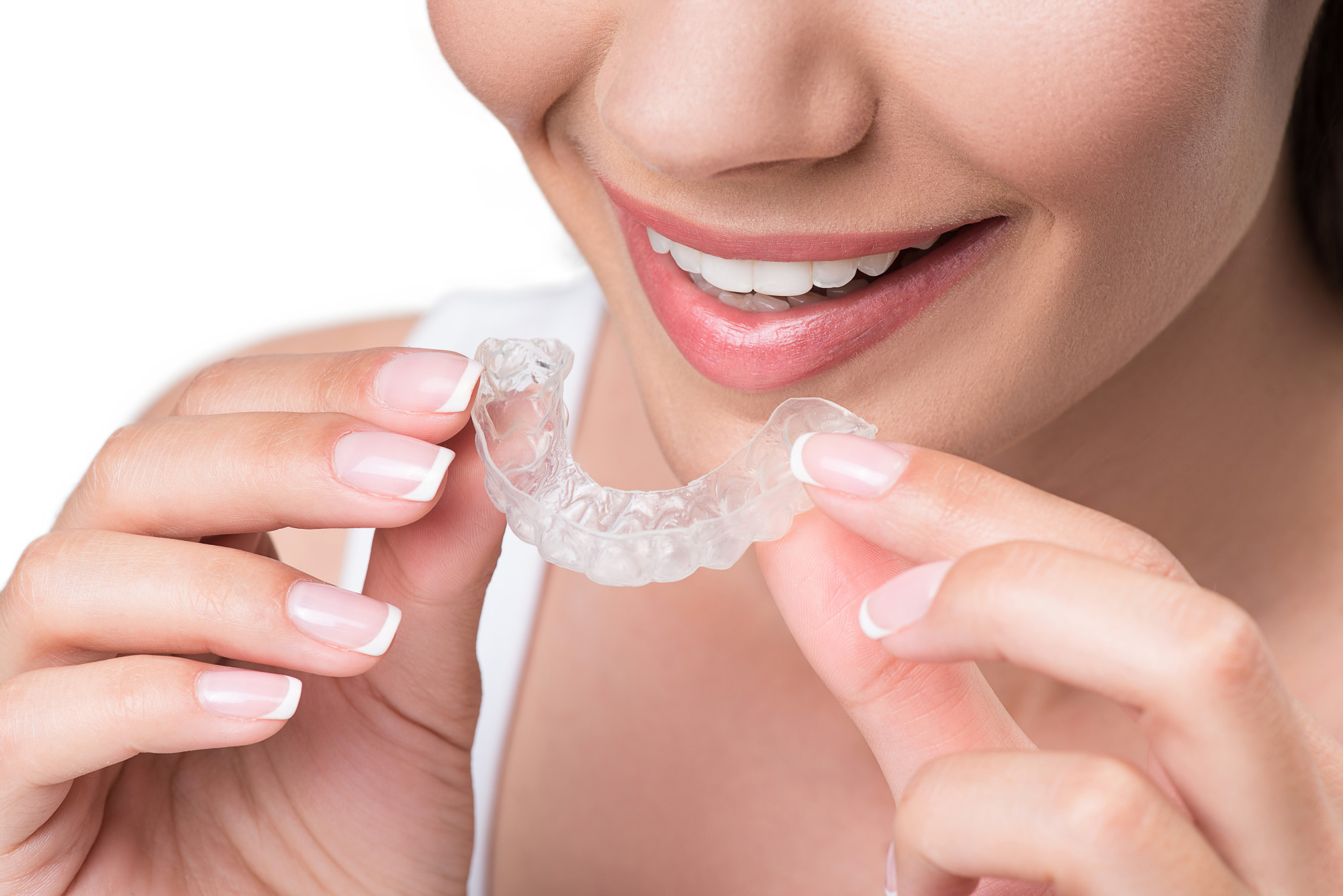Roughly 4 million people under the age of 18 are wearing braces. 4 out of every 5 people who are wearing braces are minor children. While many may be in the traditional metal braces, more and more are opting for Invisalign aligners to fix their orthodontic issues.
Have you wondered about how Invisalign aligners work? Are they a better choice for you or your kids than traditional braces? You might even wonder if Invisalign would actually work for your particular orthodontic needs.
It’s likely you won’t be surprised why so many people are choosing to use Invisalign over regular metal braces once you know more. Read on to learn more and get 7 of your Invisalign questions answered.
1. How Will Invisalign Aligners Fix My Mouth Issues?
Invisalign aligners are custom for every mouth. These thin, clear molds fit over your teeth and help to move your teeth and mouth to the end desired result.
The Invisalign aligners help to move your mouth in little bits over time by applying gentle amounts of pressure to your teeth and mouth. As the pressure is placed on the teeth they will slowly move to the desired location. Once the teeth move, then new Invisalign are created to keep the movement going.
Remember, the Invisalign is a custom fit for every mouth. As there is movement in your mouth, a new set of aligners is created.
Users should wear their Invisalign braces between 20 and 22 hours a day. If they do this, then they will need new aligners around every 7 to 10 days.
2. How Long Does a Patient Need to Wear Invisalign?
This is the magic question of every braces wearer, how long do you need to wear them? No dental professional can answer that question exactly.
First, how a patient’s teeth respond can vary greatly from patient to patient. Also, the significance of how much work needs to be done can vary the treatment time.
Overall though, many patients find their time with Invisalign is slightly less than traditional braces. The average wearer will be in Invisalign between 12 and 18 months. Some users will start to see results of movement within the first few weeks of wearing the Invisalign.
3. What Issues in the Mouth Can Invisalign Treat?
Invisalign can treat most of the same issues that traditional orthodontic treatments can treat. Invisalign is used to treat many types of malocclusions, including an underbite and an overbite.
Often Invisalign is used for treating small imperfections in the mouth. This might include slightly crooked teeth or small gaps in the mouth.
If you have significant issues with the jaw and teeth, your dentist is best equipped to decide if Invisalign is a good fit for you or if you should use more traditional braces.
4. What Will My Post Invisalign Treatment Be?
Before you begin treatment with Invisalign, it makes sense to look at your entire treatment plan. This should include what happens once your teeth are where they’re supposed to be.
Rarely does any orthodontic treatment mean once your braces are off, you’re finished completely. The movement you just achieved with braces can go in reverse if the mouth doesn’t know to stay in place.
Like with traditional metal braces, almost always, it will be necessary to wear a retainer after you complete your Invisalign treatments. This helps to hold the teeth in their finished placement from Invisalign.
When you’re done with Invisalign, your dentist will fit you for the retainers you’ll need to wear.
5. Will Invisalign Impact My Diet or Daily Activities?
The great feature of Invisalign is its ability to be popped out of your mouth as needed. Of course, you want to keep them in as much as possible, but if needed, they can be removed.
You can drink water while wearing them with no problem. For other food and drink, it makes sense to pop them out of your mouth. If you try to eat with them in your mouth, you could crack or break the Invisalign aligners while chewing. Once you eat, it’s smart to make sure you brush your teeth before you put the Invisalign aligners back in. You don’t want food stuck on your teeth with the aligners in place.
It’s also advised if you’re involved in activities that have contact, like contact sports, that your remove the aligners first. Again, if you get accidentally hit in the mouth, the aligners could crack or break.
6. How Much Does Invisalign Cost?
Like time with Invisalign, the cost is dependent on what needs to be done with your teeth and how long you’ll need to wear the aligners. Your individual needs will impact the length of treatment, which impacts cost.
Many dental insurance programs will contribute to orthodontic care, including Invisalign. Your dental provider can create an estimate for the cost of treatment. Many providers offer payment plans for orthodontic care too.
You also want to consider if you don’t have your teeth fixed, will other dental issues arise later that could be even more costly. This is something your dentist can help you decide.
7. Is Invisalign Safe?
Invisalign is safe for patients of all ages. In fact, many patients feel like it’s a less invasive treatment plan than traditional braces because you can take the aligners in and out.
As mentioned previously, you shouldn’t participate in contact activities with the Invisalign in your mouth. The Invisalign aligners can’t replace a mouthguard. If you’re involved in a contact sport, you want to remove your aligners and insert a mouthguard instead.
Invisalign Aligners to Get Your Teeth Straight
Invisalign aligners have become a popular and successful alternative to traditional braces. Many patients appreciate that they are clear and less noticeable on the teeth compared to metal braces.
If you’re interested in more information about Invisalign, we can help. Contact us today to get more information or to set up an evaluation appointment.
